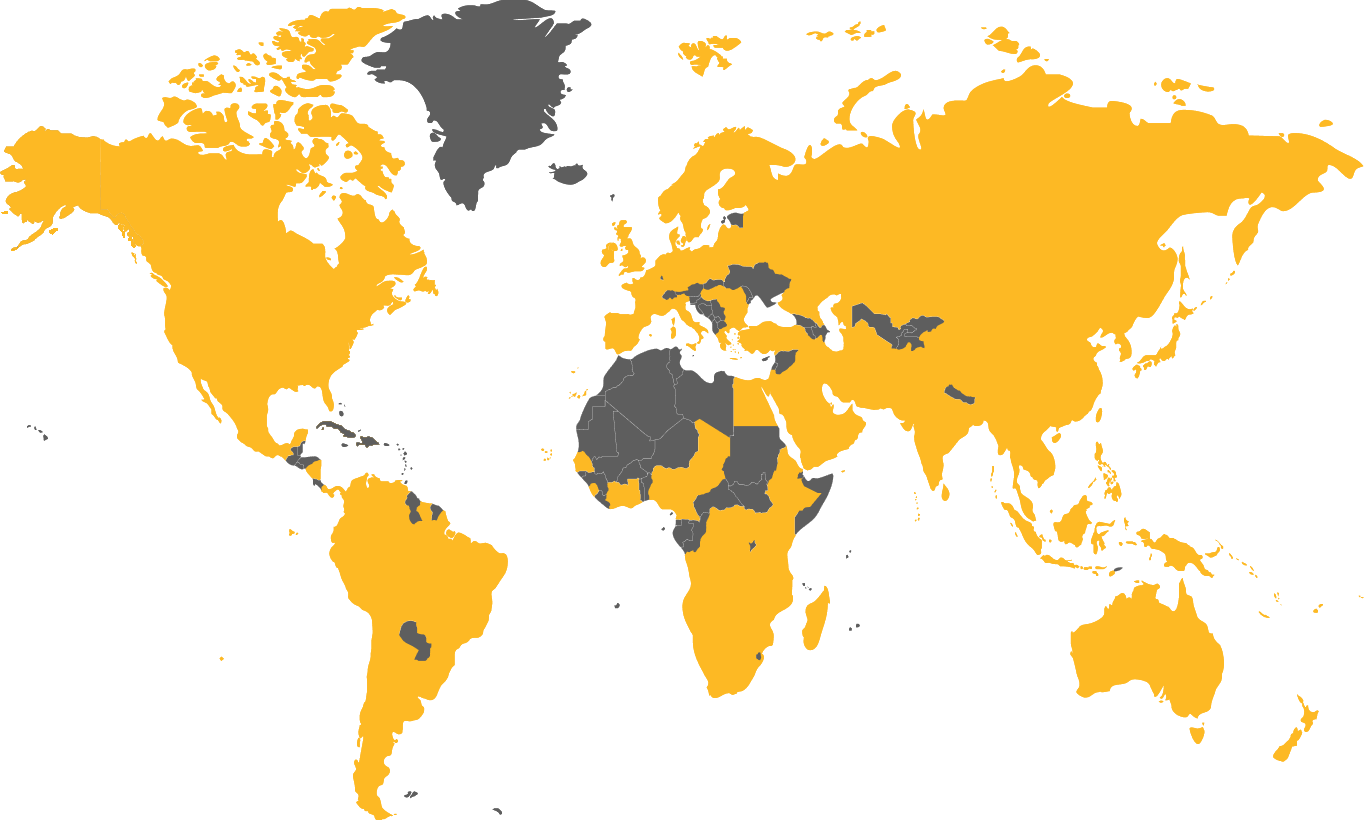A recent study highlights the negative effects of fusion defects on the viability of HDPE pipes. In this article we look at what this means for anyone working with poly pipe used in pressure pipe systems. High-density polyethylene (HDPE) pipes have a range of applications, and are very popular in the oil and gas, as well as water industries. They are a preferred material over PVC and ductile iron for a range of reasons, which can read about in Why Choose HDPE?
Butt fusion basics
At a fundamental level, fusion of HDPE pipes involves calculated execution of temperature, pressure and time on pipe segments to create an incredibly durable join. However, these three elements need to be executed to perfection in order to achieve a quality weld, which studies have shown can last over 100 years. Simple in theory, yet many operators underestimate the impact of external factors on the fusion process. In particular, pressure and heat are readily impacted by the environment as well as aspects of the pipe involved. Failure to do so, can lead to catastrophic defects on key pipe systems such as the sewage leak in Fort Lauderdale. As a result, we’ve seen a rise in the requirement of data logging to reduce risk.
Studies on performance
The recent study looked at both the short and long-term performance of HDPE pipes and found that if the defect size was less than 15% of the pipe’s wall thickness, the bending performance, crush performance, burst strength and yield strength were almost unaffected by the defect. Looking at the long-term performance, it was found that regarding butt fusion joints, the slow crack resistance is weaker than that of the base materials, and that there should be further investigation of the allowable size of welding defects. The study involved the insertion of copper balls into the joints as part of several creep tests to simulate welding defects.
There were a number of discoveries made as a result of the study. The first of these, is that the degree of hardness in the joint was 1.7 times greater than in the base material, with the hardest point found at the centre of the welded joint. A second finding was that the creep life decreased significantly as the size of the welding defect increased. The third and final conclusion is that an equation was found, which identifies the relationship between the creep life of the butt fusion joints and the defect ratio. This equation can now be used to predict the creep life of the butt fusion joint that has a welding defect.
worldpoly is committed to ensuring operators are equipped with machinery, training and expert support that ensures safe and high-quality pipe systems. Please contact us if you need more information about our equipment and services.







